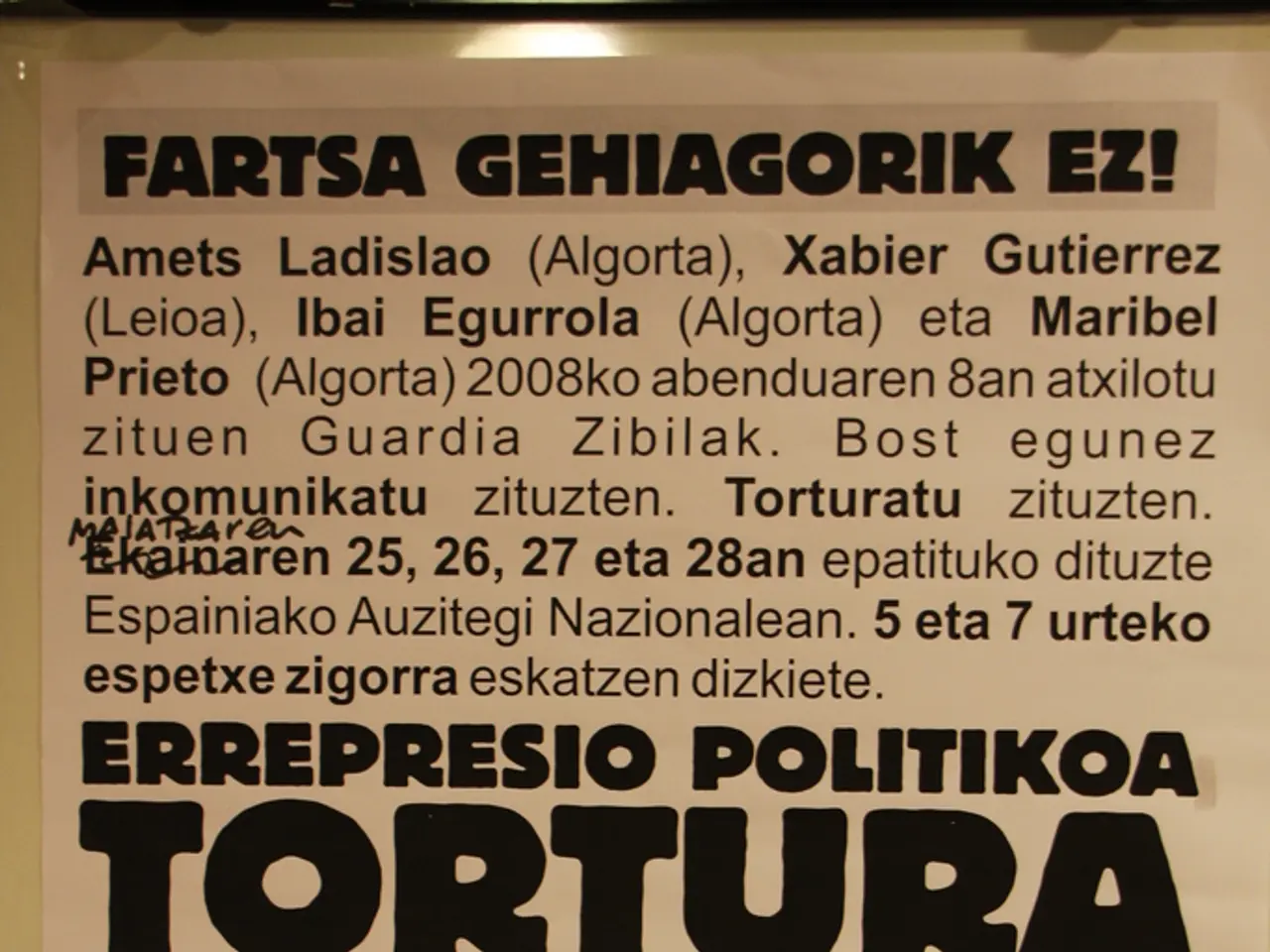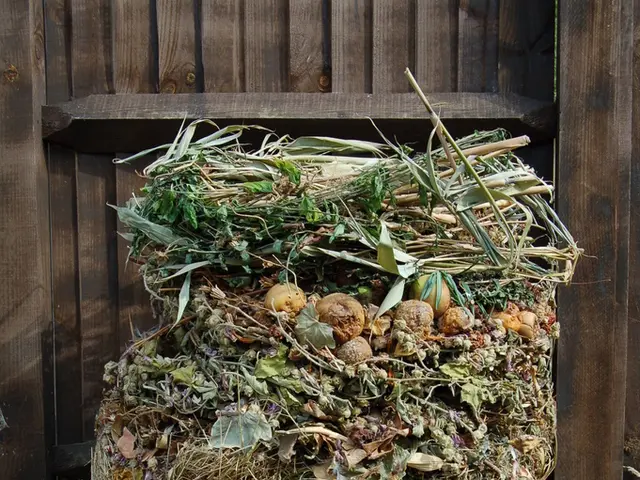Uncover popular street names prevalent throughout Catalonia
In the vibrant region of Catalonia, the names of its streets tell a rich tapestry of history, culture, and identity. However, a closer look reveals a significant gender bias in the naming of these thoroughfares, with the majority of streets honouring male historical figures or male saints.
According to the Catalan Cartographic and Geological Institute, around 83% of the most common street names in Catalonia are dedicated to men, while only 17% are named after women or female saints. This imbalance, reflecting historical inequalities, is now under scrutiny and is the subject of ongoing efforts to correct.
City councils in Catalonia, responsible for naming streets, are becoming more aware of this disparity and are actively pushing initiatives to honour more women through street names. The trend is beginning to reverse, albeit slowly. For instance, the name of the renowned Catalan writer, Merce Rodoreda, appears in 138 streets, making her the most recurrent female name for streets in Catalonia. Meanwhile, Pau Casals, a celebrated Catalan cellist, is the most recurrent male name, with 407 registrations.
The current trend aims to address the gender bias by increasing the number of streets named after women or renaming streets that previously had little historical significance, which have traditionally been dominated by men. This shift is also seen in the decreasing number of streets named after saints, especially in new streets, as these would be difficult to approve under current naming standards.
The names of the streets in Catalonia are a living expression of the character of the territory, often serving to identify a location and reflect the historical memory of municipalities. Urban growth in recent decades has led to municipalities incorporating street names dedicated to national personalities. Some of the other common street names include "Church", "Catalonia", "Fountain", "New", "Montserrat", "Montseny", and "Pine", which appears in 327 streets.
The specific origins and meanings of these street names are rooted in the historical and cultural context of Catalonia. For example, "Major" (as in "Carrer Major"), the most common street name with over 1,300 registrations, is derived from the Catalan word for 'main' or 'major', reflecting the importance of the street in the town or city.
Approximately 107,000 public streets exist in Catalonia, with squares, passages, avenues, and paths also making up a portion of the streets. The Catalan Cartographic and Geological Institute, under the leadership of Miquel Parella, head of the Toponymy Unit, provides data on the streets of Catalonia, contributing to a more balanced and equitable representation in the naming of its streets. This ongoing effort is part of broader societal changes, ensuring that the names of the streets in Catalonia continue to reflect the evolving political, social, and cultural context of the region.
In an effort to achieve a more balanced representation, city councils in Catalonia are working to increase the number of streets named after prominent women, such as Merce Rodoreda, who currently has 138 streets named after her. This shift also includes renaming streets with little historical significance, traditionally dominated by male figures, to honor more women.
Meanwhile, common street names in Catalonia, aside from those named after historical figures or saints, include "Church", "Catalonia", "Fountain", "New", "Montserrat", "Montseny", and "Pine", which appears in 327 streets, reflecting the varied aspects of the region's lifestyle and home-and-garden culture.




